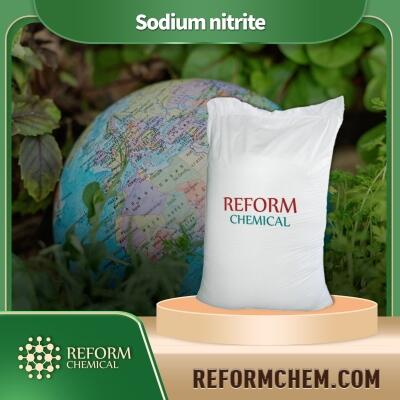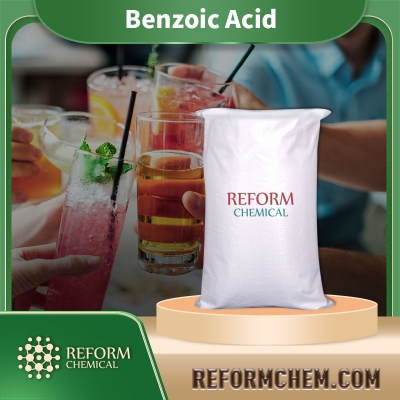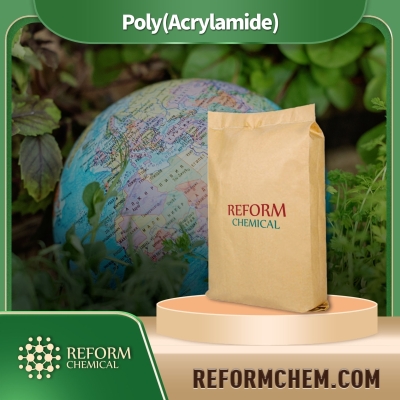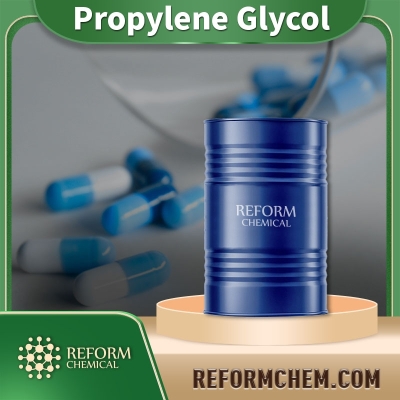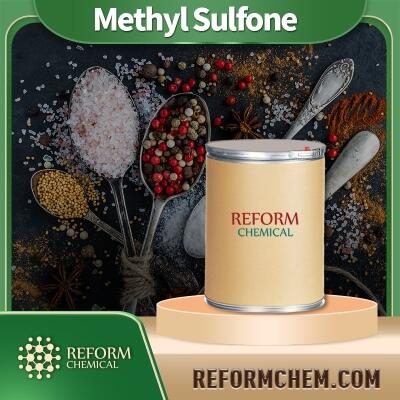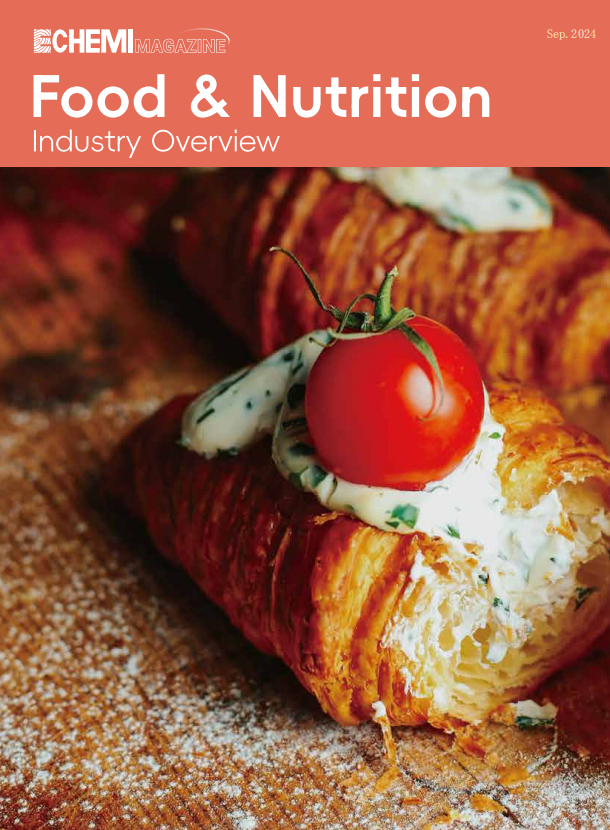Recent Violations of Chinese Food Exports to South Korea in February 2024
In February 2024, several instances of non-compliance were detected in Chinese food exports to South Korea. These violations, ranging from packaging irregularities to excessive chemical residues, highlight the importance of maintaining stringent quality control measures in the food industry. This article provides an overview of the violations reported as of February 16th, 2024, shedding light on the specific products, manufacturers, and non-compliant substances involved.
China, one of the major exporters of food products, faced scrutiny in February 2024 due to violations observed in its exports to South Korea. These violations, which have been reported until February 16th, reveal lapses in various aspects of food safety and compliance.
1. ZARA HOME Tableware:
One violation involved ZARA HOME tableware, manufactured by GUANGDONG TOTYE CERAMICS INDUSTRIAL CO., LTD. The ceramic material used in the tableware was found to exceed the permissible lead levels. The standards require the plates and spoons to have lead levels below 8 μg/cm² and bowls below 0.5 mg/L. However, the detected levels were 140 μg/cm² for plates and spoons, and 1.9 mg/L for bowls.
2. Aluminum Foil:
Exports of aluminum foil from WEIHAI HAIYANGFENG FISHING TACKLE CO., LTD were found to have excessive total dissolved content. The permissible limit is 30 mg/L, but the detected levels were 6 mg/L in water, 10 mg/L in 4% acetic acid, and 1077 mg/L in n-heptane.
3. Storage Jar:
YIWUSHIJISONG COMMODITY COMPANY violated the permissible limit of total dissolved content in their storage jars. While the limit is 30 mg/L, the detected level was 74 mg/L in 4% acetic acid.
4. Multi Cooker:
The multi cooker manufactured by GUANGDONG WANDI ELECTRIC APPLIANCE CO., LTD was found to exceed the permissible limit of total dissolved content. The limit is 30 mg/L, but the levels detected were 88 mg/L in 4% acetic acid, 7 mg/L in water, and 13 mg/L in n-heptane. However, when used at temperatures below 100℃, the n-heptane levels were within the limit of 150 mg/L.
5. Heart Kohakuto:
SHENZHEN PETER BEAR FOOD CO., LTD violated the regulations by using prohibited tar colorants in their heart-shaped amber sugar candies. The regulations strictly prohibit the presence of such colorants, but red colorant No. 2 was detected in the product.
These are just a few examples of the violations detected in Chinese food exports to South Korea in February 2024. Other cases included excessive nickel levels in coffee-related products, the presence of unauthorized pesticides in live cut-tailed bullhead fish, and surpassing limits for hydroxymethylfurfural in sugar-fed honey.
The recent violations in Chinese food exports to South Korea underscore the need for meticulous adherence to food safety standards and regulations. It is crucial for manufacturers and exporters to prioritize quality control measures throughout the production process to ensure the safety and compliance of their products. By addressing these violations and strengthening oversight, both China and South Korea can work together to maintain the integrity of the food trade and safeguard consumer health.
Looking for chemical products? Let suppliers reach out to you!
-
Food & Nutrition Industry Overview
The magazine has been officially published in September 2024 and has been issued at Fi Asia Indonesia 2024. It can be downloaded online permanently. It not only provides comprehensive information on the Southeast Asian food market, but also provides overseas readers with the opportunity to understand and track the market dynamics and trends of Chinese food ingredients and get to know outstanding Chinese companies. We sincerely invite you to make full use of the influence of the journal to promotPublished in: Sep. 2024
Trade Alert
Delivering the latest product trends and industry news straight to your inbox.
(We'll never share your email address with a third-party.)
Related News
-
Food additives are always 'notorious'? Legal and standardized use is the top priority
-
New opportunities for sugar reduction? African arrowroot extract will become a edible flavor
-
Investigation and handling of 229 illegal food production and operation cases
-
2022 the 10th Shanghai international biological fermentation products and technology equipment exhibition in December 2022 | 1-3, Shanghai new international expo center
-
Supply and demand two-way power generation sugar market is still a great 'article' to do
-
Product diversification will explode the sugar substitute market
-
Excessive Pesticide Residue Found in Vietnamese Dragon Fruit Exports: International Alert
-
Urgent Recall of Master Kong Instant Noodles by Italian Ministry of Health
-
FDA Proposes Ban on Brominated Vegetable Oil Due to Health Risks
-
Compliance Courier: Norway publishes key contaminants that should be monitored in food and food contact materials.
Recommend Reading
-
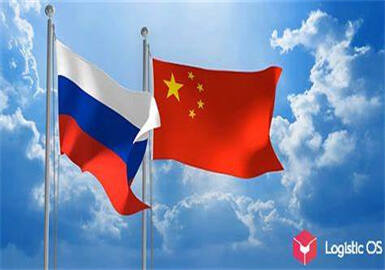
China Has Become the Largest Importer of Russian Clams
-
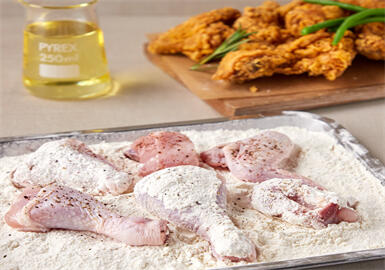
In-Depth Analysis of the Imported Fried Powder Exceeding Sulfur Dioxide Standard Incident
-
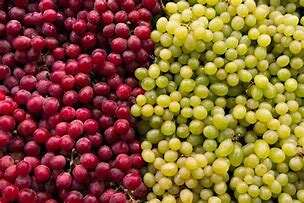
In Chile, where grape varieties are changing, exports are expected to fall 7.7% this season
-

Yulin, Shaanxi Province: joint action on food safety
-
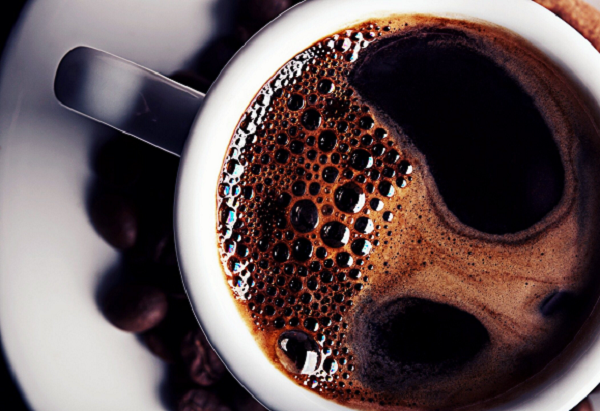
Coffee component may have fat fighting benefit
-

Fluctuations in the Butene-1 Market: Price Swings Amid Supply Constraints and Slowing Demand (with Deep Analysis of Crude Oil and Polyethylene Markets)
-

Polypropylene collapses at the cost end
-
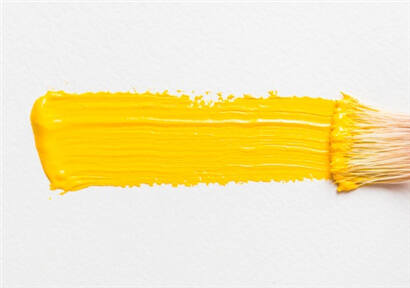
This enterprise will improve the quality of waterborne industrial paint
-

Taiji Group stirred up 1.5 bn injections and Pfizer and Hawson met their rivals.
-
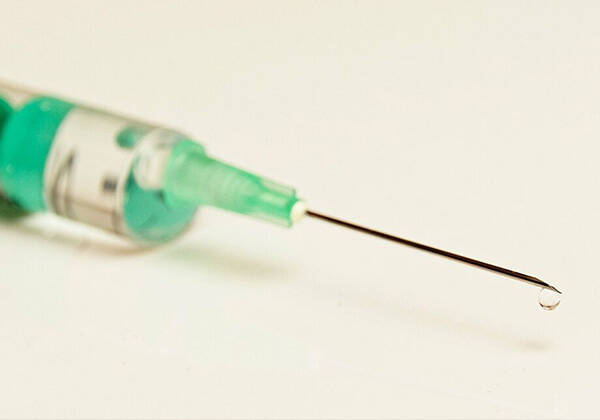
Pfizer, BioNTech snare $1.95B deal with U.S. government for COVID-19 vaccine





